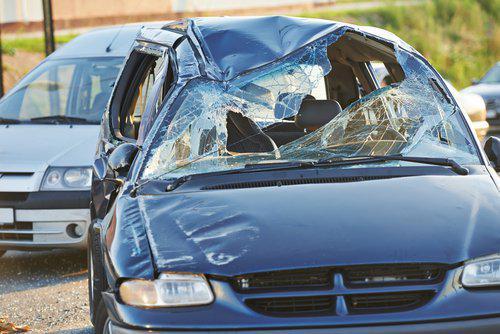Negligence in Automobile Accidents
 In mere seconds, the negligent conduct of another can significantly change your life. Accidents come in all shapes and sizes, and some happen in the most unusual of circumstances. In order to recover for any injuries you suffered, you need to prove that the negligent conduct of the other party caused your injuries.
In mere seconds, the negligent conduct of another can significantly change your life. Accidents come in all shapes and sizes, and some happen in the most unusual of circumstances. In order to recover for any injuries you suffered, you need to prove that the negligent conduct of the other party caused your injuries.
In order to prove negligence, you need to prove that the other party owed you a duty, breached that duty, the breach caused your injury and that you suffered damages as a result of the negligent conduct. Under Wisconsin law, if you contributed to the accident, then you will be deemed to have been comparatively negligent; here, any recovery you are entitled to will be reduced by the percentage of your negligence or completely barred if you are over 51 percent negligent.
Comparative Negligence and Recovery for Damages
Negligence, in its simplest form, refers to conduct that is careless or inadvertent. This type of conduct is common in automobile accidents, when one party acts or fails to act reasonably.
Understanding the theory of comparative negligence is best achieved through an example. Imagine two cars, driven by Driver A and Driver B. In this scenario, Driver A is speeding down a highway, traveling at 10 miles per hour over the speed limit. And on the same highway is Driver B, who is texting his friends while driving. Because of these actions, Driver A collides with Driver B on the highway. Here, it is difficult to immediately determine who would be entirely at fault for the accident; to be sure, is Driver A absolutely at fault because he was speeding? Or should Driver B take some of the blame due to his texting while behind the wheel?
This is a prime example of where the theory of comparative negligence can be used to place blame on multiple parties. In this scenario, a jury may take a look at the case and determine that Driver A was 65 percent responsible for the accidents. If Driver B was then deemed responsible for the other 35 percent, this would be reduced from his awarded damages. Using the example again, if the damages totaled $100,000, and Driver B was considered 35 percent liable, he would only be allowed to recover $65,000.
Finally, it is important to note that in Wisconsin, a party may not recover anything if they are more than 50 percent responsible for the accident.
Consult an Attorney
If you or someone you love suffered injuries or death as a result of the negligent conduct of another party, you should contact an experienced Milwaukee personal injury attorney who will identify who the responsible party is, determine the best course of action and get you the compensation you deserve.







